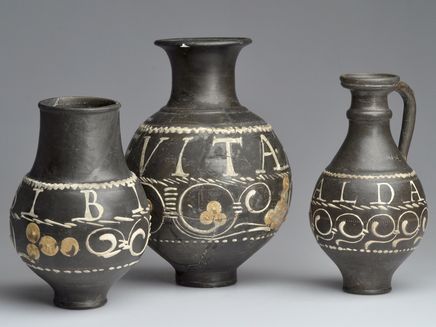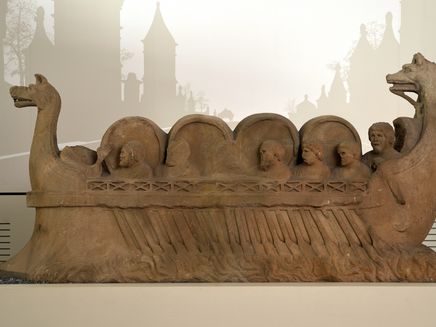A lovely shady spot directly on the banks of the Mosel. The surface of the water reflects the blue of the sky and small mosquitoes dance in the sunlight. How steep the vineyards appear over on the other side!
“The river valley is planted with the green grapes of Bacchus to the highest point of the sweeping hillside.”
Perhaps the Roman Ausonius sat right here as he thought of these words. The poet, scholar and prince educator at the imperial court of Trier first described winegrowing along the Mosel some 1,700 years ago! Maybe he also enjoyed the midday sun back then and listened to the lapping of the water. There were no dams along the Mosel in his day, and the riverbed offered beautiful places to bathe.

